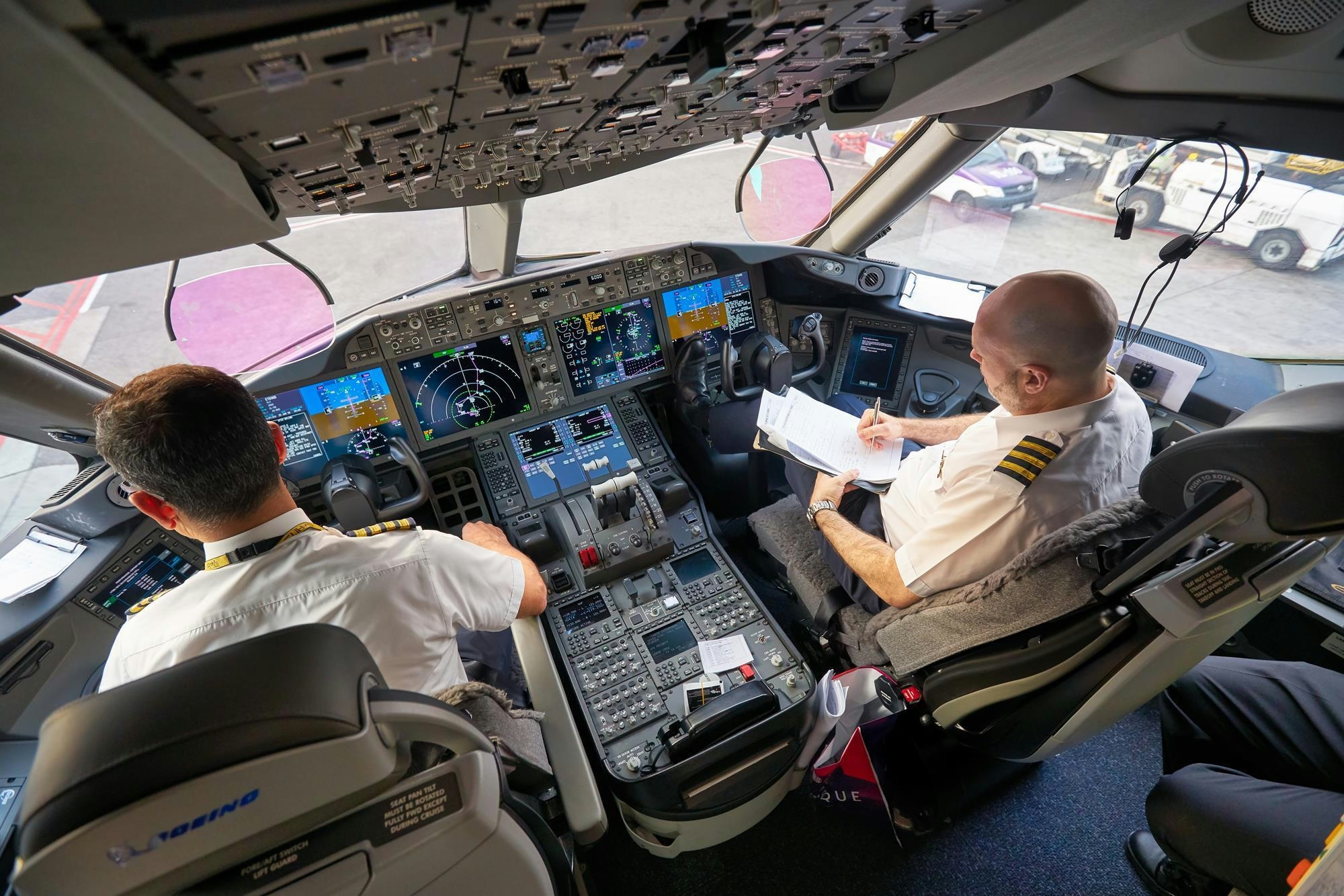
AeroGenie — Seu copiloto inteligente.
Tendências
Categories
Egypt and UAE Strengthen Partnership in Civil Aviation
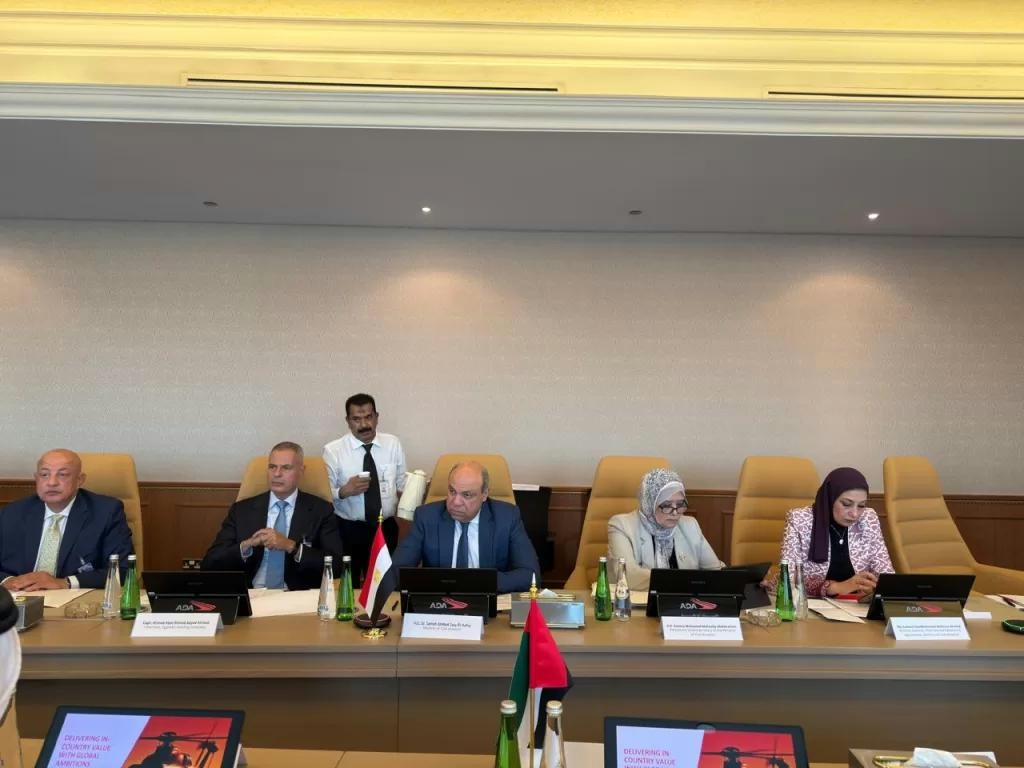
Egypt and UAE Strengthen Partnership in Civil Aviation
Strategic Cooperation and Facility Tours
Egypt and the United Arab Emirates have taken decisive steps to deepen their collaboration in civil aviation, marked by an official visit to Abu Dhabi led by Egypt’s Minister of Civil Aviation, Sameh El-Hefny. Invited by the Abu Dhabi Aviation Group (ADA), the Egyptian delegation aimed to reinforce strategic ties and establish a framework for future cooperation through the signing of several memoranda of understanding (MoUs). The visit also provided an opportunity to review the latest advancements in the UAE’s aviation sector.
The delegation’s itinerary included visits to key aviation facilities, offering firsthand exposure to the UAE’s sophisticated infrastructure. Among the sites toured were Royal Jet, a premier private aviation company specializing in services such as medical evacuation and aircraft management, and the ADA headquarters, which oversees a portfolio of eleven major companies. These include Etihad Engineering and Maximus Air, which provide a range of services from Maintenance, Repair, and Overhaul (MRO) to technical training.
At Etihad Engineering, the delegation examined cutting-edge MRO facilities that deliver comprehensive maintenance and cabin refurbishment for Airbus and Boeing aircraft. The visit to Maximus Air highlighted the company’s expertise in heavy cargo transport and its role as the exclusive air relief mission partner of the Emirates Red Crescent. Further inspections included Zayed International Airport, showcasing Abu Dhabi’s advanced technological systems and its status as a critical global aviation hub. The delegation also toured the Etihad Training Academy, which offers internationally accredited training programs for pilots, engineers, and cabin crew, and concluded at the Sheikh Zayed Air Navigation Center to observe the latest air traffic management technologies.
Implications for Regional Aviation Dynamics
Minister El-Hefny expressed pride in the longstanding partnership between Egypt and the UAE, describing their cooperation as a strategic model founded on a shared vision for the future of civil aviation. He emphasized that the newly signed MoUs would broaden avenues for collaboration and support the development of the air transport industry in both countries. The minister also praised the UAE’s achievements and advanced infrastructure, which have established it as a global leader in the sector.
This enhanced partnership emerges amid shifting dynamics within the regional aviation landscape. The strengthened ties between Egypt and the UAE are anticipated to intensify competition, particularly in the charter and business aviation markets. The charter industry, already navigating challenges due to evolving market conditions, may face increased pressure as both nations expand their capabilities. Recent data, including a 15% increase in business aviation movements at Dubai South, reflects heightened activity that could prompt other regional players to recalibrate their strategies to maintain market share.
As Egypt and the UAE advance their cooperation, the evolving regional environment presents both opportunities and challenges. Their partnership is positioned to drive innovation and growth while reshaping competitive dynamics across the Middle East’s civil aviation sector.
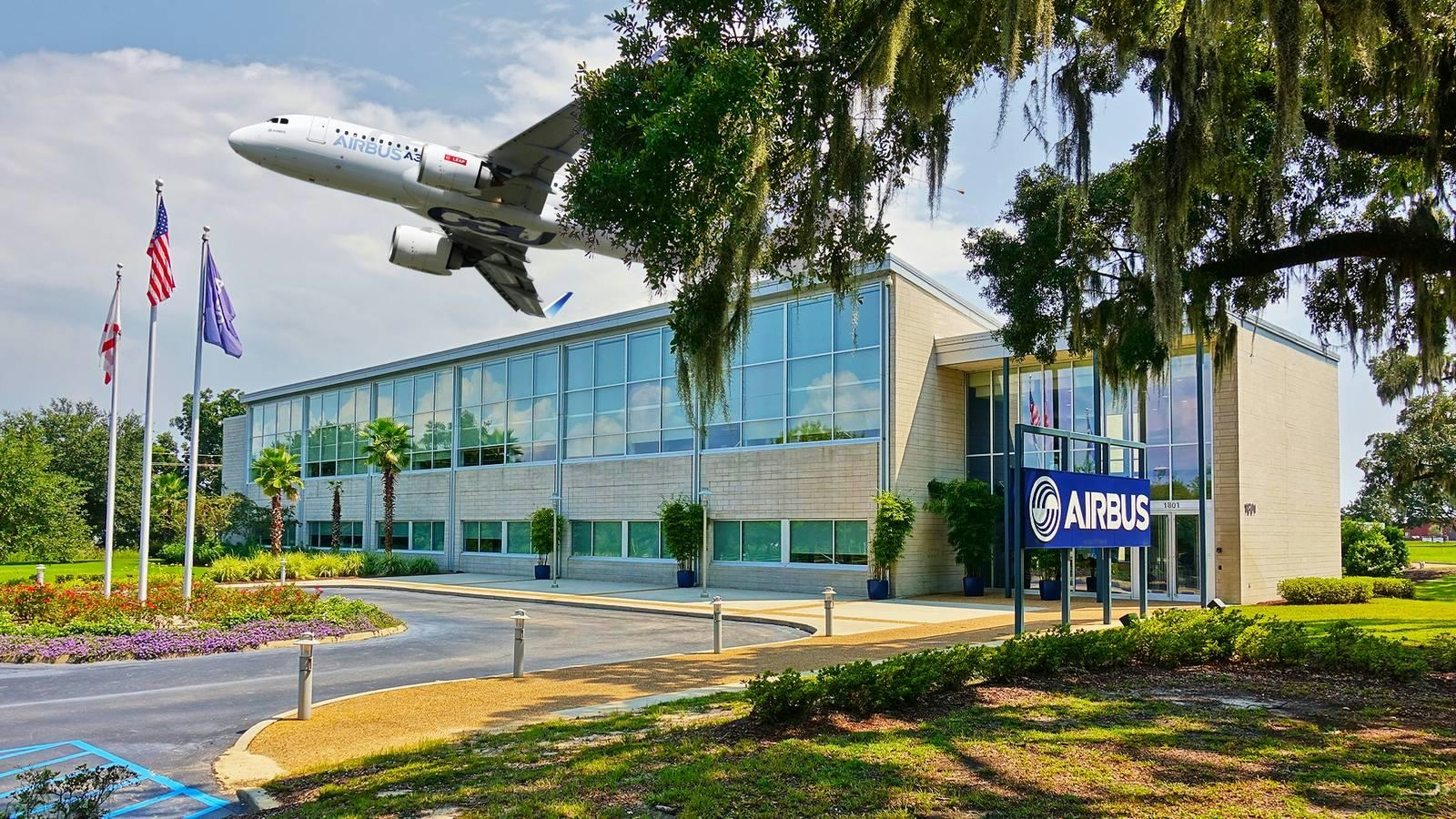
Airbus Executive Discusses A320 Market Position, Supply Chain Challenges, and Future Plans
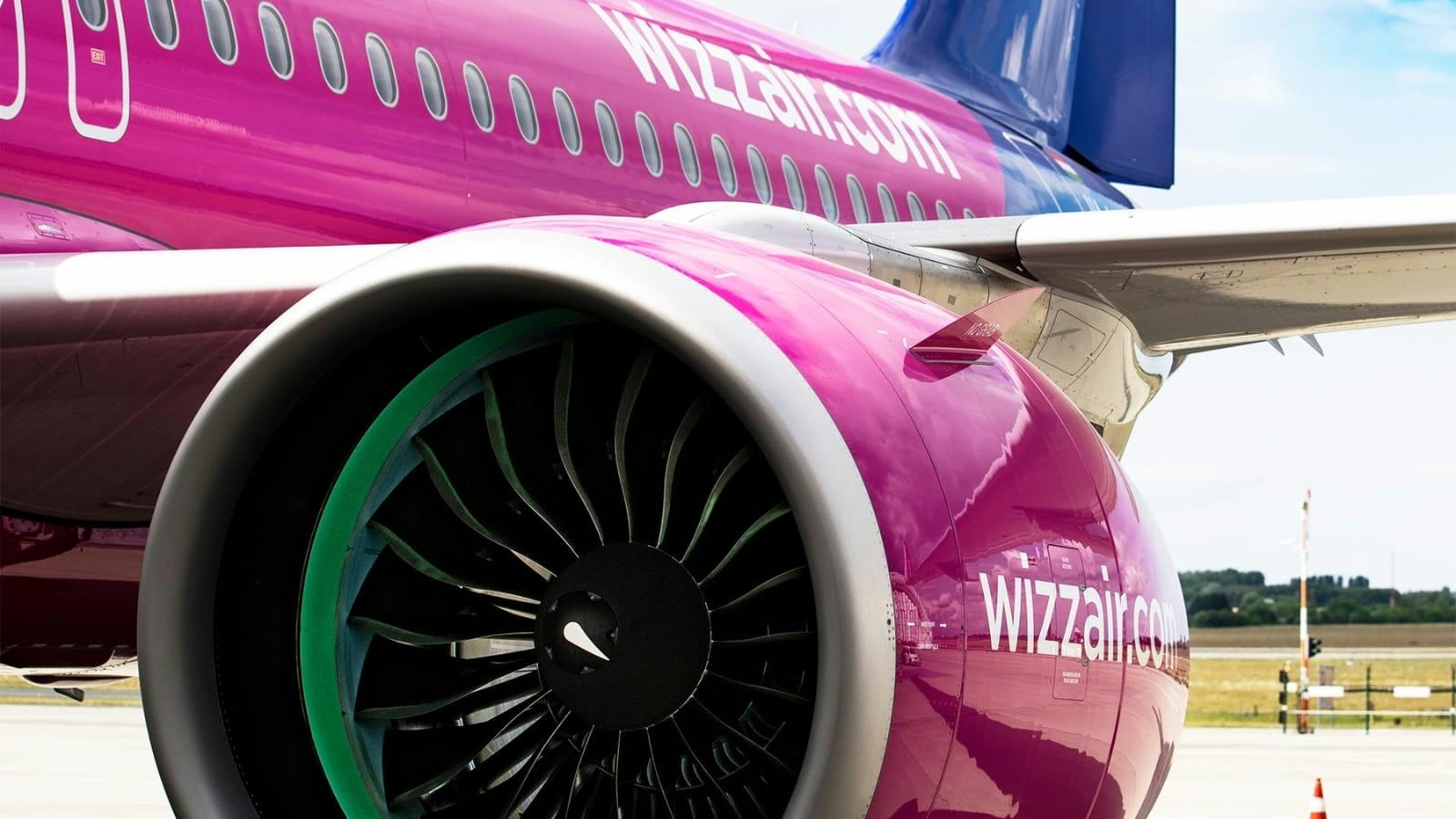
Wizz Air Adds Two A321neo Aircraft to Fleet
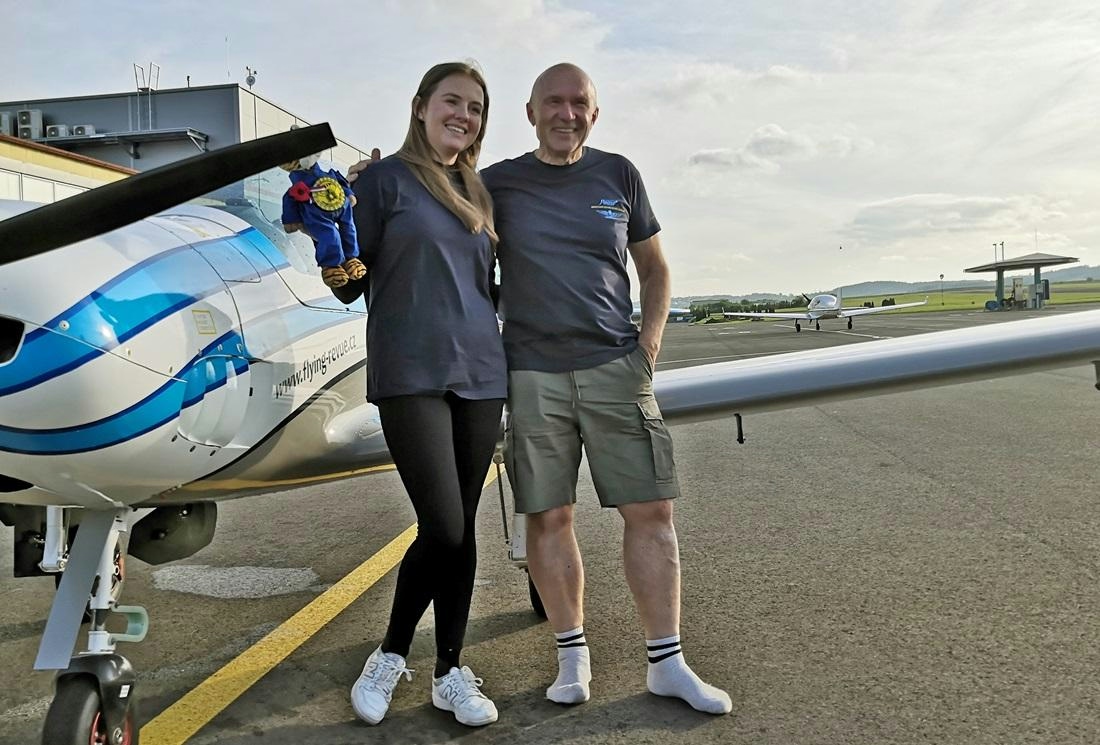
Light Aircraft Design Conference Highlights General Aviation Innovation
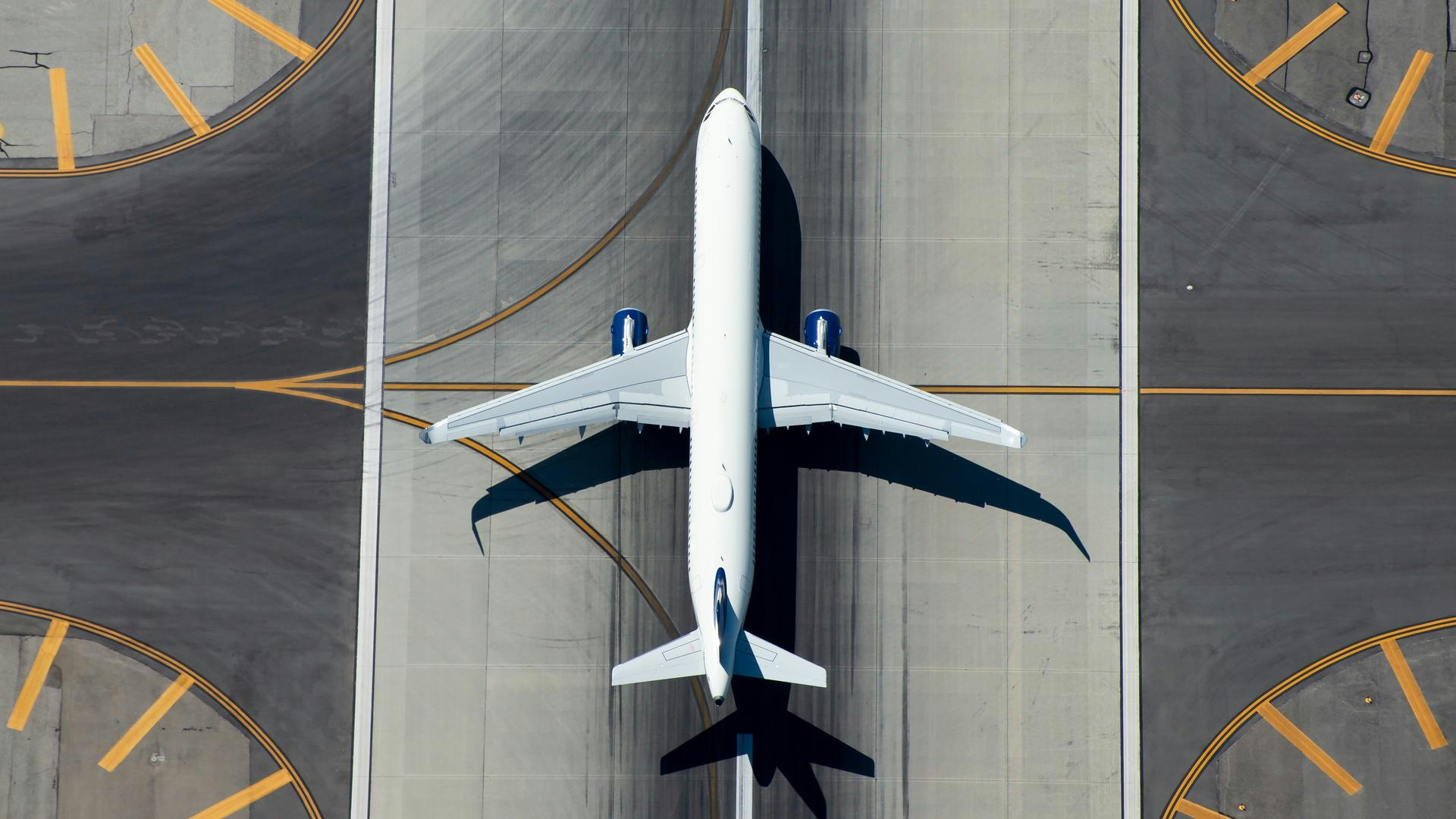
Narrow-Body Aircraft: An Overview
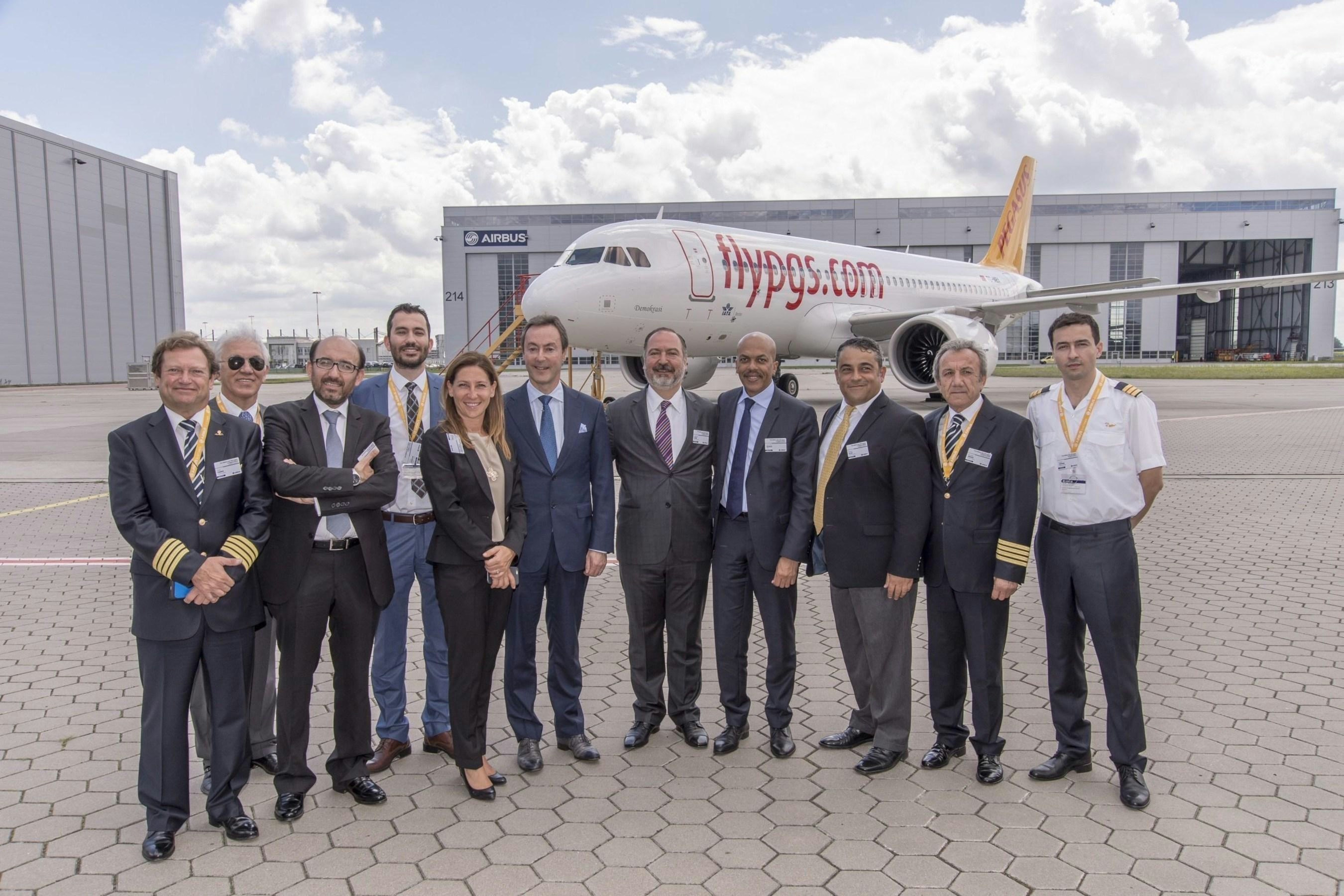
Turkish Technic and Pegasus Airlines Sign A320neo Maintenance Agreements

Blueprint Invests in Indivd to Advance AI in Airport Retail
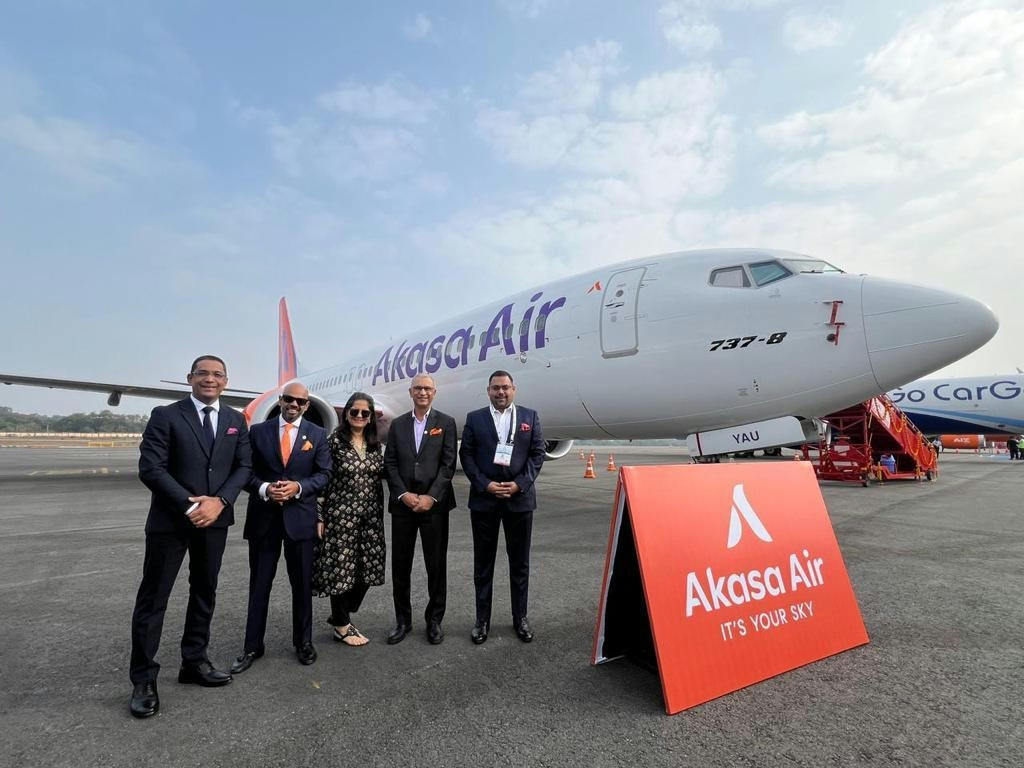
BOC Aviation Leases Three Boeing 737-8 Aircraft to Akasa Air
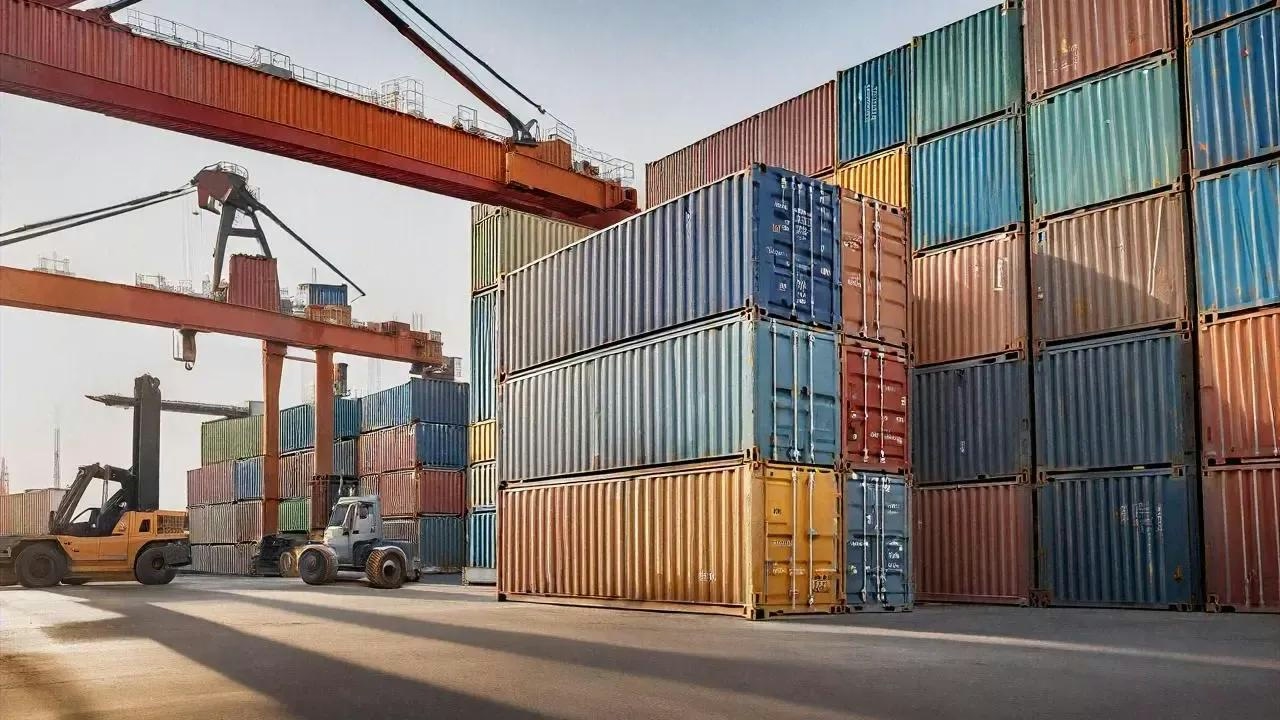
FedEx Reports $1.6 Billion Economic Impact in MEISA for Fiscal Year 2025
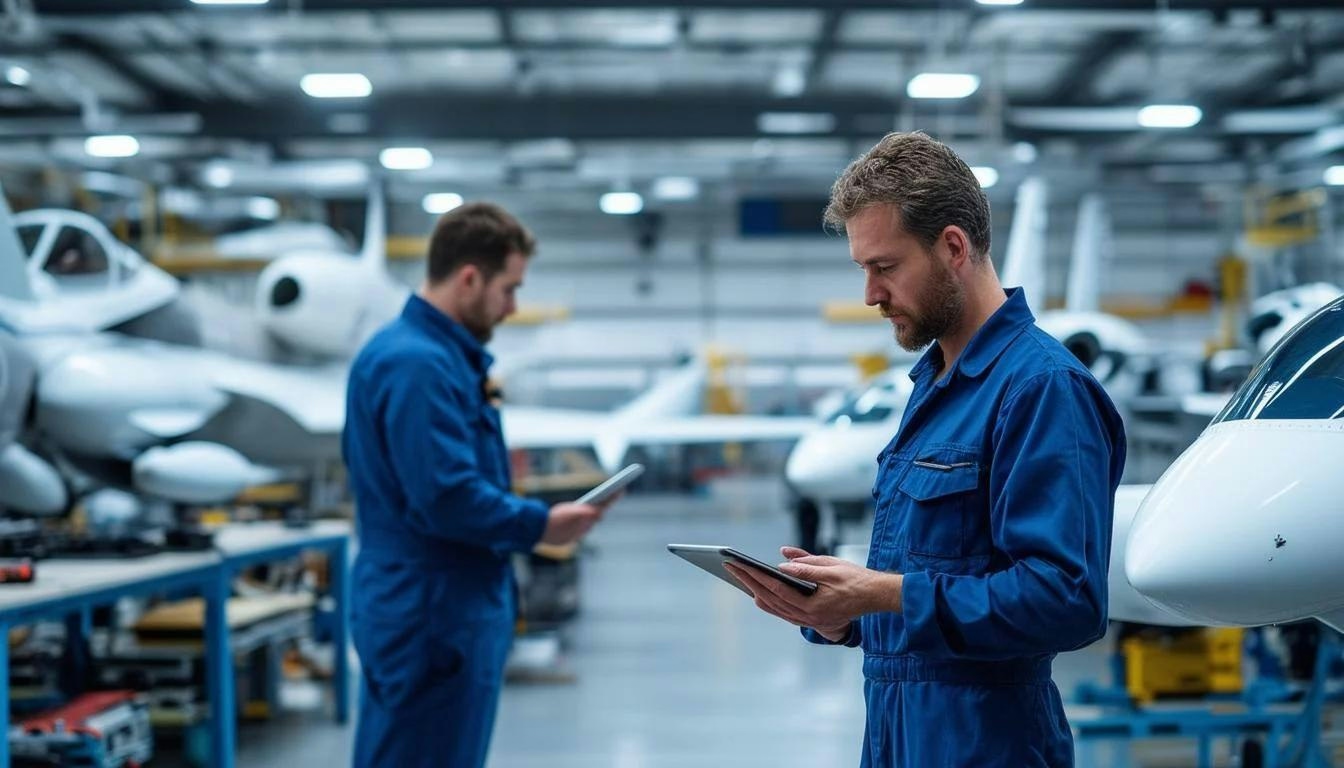
Willis Mitsui & Co. Engine Support Secures $750 Million Financing Facility
